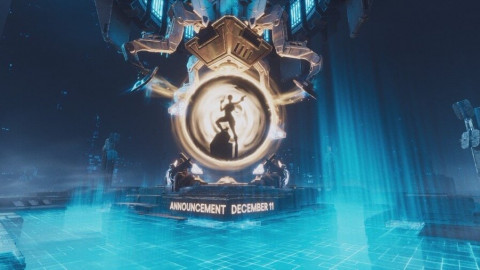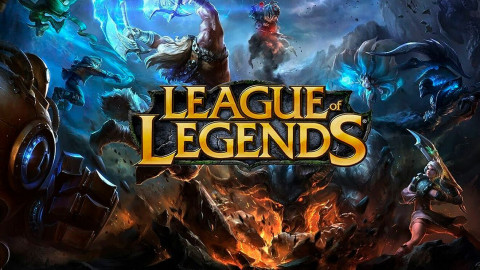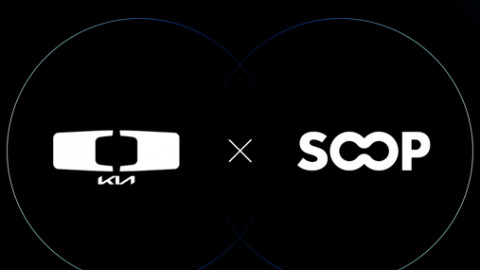
With the launch of
Out of the eight skills in total, here are the top three that we recommend you to start with.

"The Chem Launcher shoots various chemicals that disperse upon impact. Its effects vary, from explosive vapors and corrosive acids to repairing nanobots – choose wisely and neutralize any situation."
Chem Launcher Variants
Reinforcer: The reinforcer canister disperses a cloud of gas that repairs and reinforces armor of anyone inside the cloud.
Firestarter: The firestarter cannister creates a cloud of explosive gas that can be ignited through explosives, weapon fire, etc.
Riot Foam: The riot foam gas canister fires a payload of sticky foam that immobilizes targets.
Oxidizer: The oxidizer cannister releases a cloud of corrosive gas that damages enemy armor, skill proxies, and causes damage over time.
The skill that we found the most useful in the early parts of
Although all four of the Chem Launcher's variants are useful in its own way, the two variants that we recommend for your typical early game missions are the reinforcer and oxidizer.
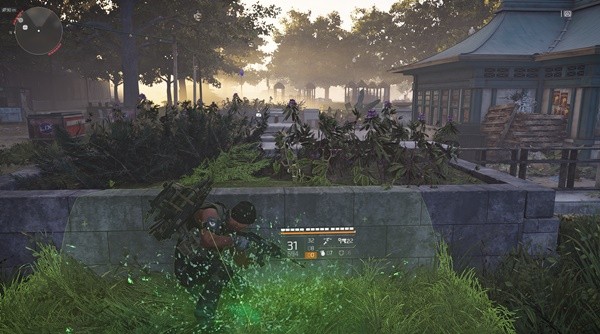
The reinforcer is the only healing variant of the Chem Launcher. The reinforcer fires a canister of gas that repairs and reinforces armor of anyone inside the lingering gas cloud. This is one of the best healing skills in the game, not for its healing potency, but for its ease of use. Coming in with 3 charges and under 20 seconds of cooldown, you can spam this bad boy to heal both you and your teammates multiple times throughout a prolonged firefight. You can also launch multiple reinforcer canisters in the same area to amplify the healing effect! However, do note that the gas cloud is relatively small and that it doesn't linger for too long - a fair tradeoff for its great strengths.
The oxidizer is one of the two damage dealing variants of the Chem Launcher and from the two, is the only instantaneous one. The oxidizer fires a cloud of corrosive gas that damages enemies and their skill proxies. Similar to the reinforcer, the oxidizer doesn't dish out an immense amount of damage and its usefulness comes from its frequent usability. The oxidizer's biggest strength is its ability to either straight up kill or make a pesky target behind cover flee from his or her position. Unlike the reinforcer, the oxidizer comes with only 1 charge. However, this variant still shares the same cooldown, so you don't have to be too conservative with it. The oxidizer is a fine choice for the early game if you already have another healing skill equipped.
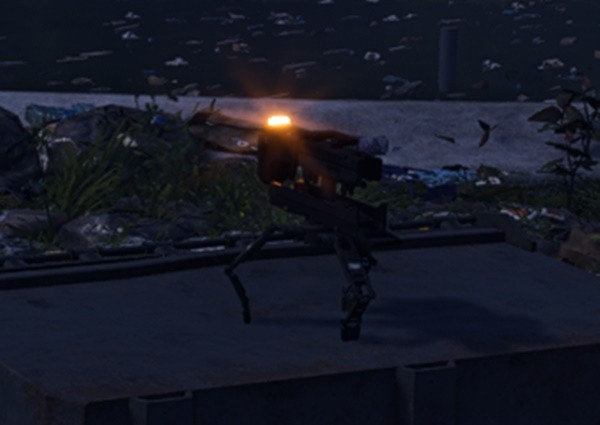
"The agent deploys a miniature automated turret mounted on a tripod that, after a short delay, becomes active and lays
Turret Variants
Assault: The assault turret automatically tracks and attacks hostile targets, but this behavior can be manually overridden to target a specific enemy.
Incinerator: The incinerator turret is manually controlled by the deploying agent to dispense streams of flame in a forward-facing cone.
Sniper: The sniper turret fires high-caliber rounds at manually selected targets.
The Turret is another useful skill that can provide you and your team with cover fire and disperse the enemy's aggro. Although not to the extent of the Chem Launcher, the Turret has a relatively low cooldown - if you dismantle the turret before its skill duration expires (hold down the skill key while active) - and it's useful in that you can pretty much deploy it in any situation. In order to deploy the turret, hold down the designated skill key, aim where you want to throw the Turret, and then release the key. In order to quickly deploy the turret on top of the cover that you're hiding behind, double tap the skill key while behind cover.
The two variants that we recommend for the Turret are assault and incinerator. Both are very useful in their own unique ways.

The assault variant of the Turret deploys an automated turret that fires bursts of fully automatic rounds at its target and is the only variant that can function on its own without any manual control. The assault variant of the turret is essentially a partner; a skill that can kill, suppress, and cover your flanks - all on its own - while you focus on your own gunfight. In addition to its ability to rain down fire, the turret also acts as a good tank in that you can throw the turret across the map to disperse the enemies' line of fire. This variant of the Turret is highly recommended for the early game, especially if you enjoy playing alone.
The incinerator variant of the Turret dispenses streams of flame to heavily damage enemies that are caught in its fire. Although the incinerator isn't fully automated like the assault variant, it's very useful in that it can dispatch a whole group of enemies in tight areas. The incinerator doesn't have too wide of a range, but if used correctly, you can clear large numbers of enemies in narrow hallways or small rooms, making the incinerator a very destructively effective variant for missions that involve such areas.

"An unmanned device that can be controlled remotely and sent to unleash a special brand of hell on unwitting enemies."
Drone Variants
Striker: The striker tracks targets and attempts to maintain
Defender: The defender attempts to deflect incoming bullets from a sonic emitter mounted beneath the drone.
Bombardier: The bombardier requires that an agent set two points, and then deploys a payload of miniature explosives between them.
Fixer: The fixer replenishes nearby allies' armor, or can be manually targeted on a
In terms of providing both offensive and defensive utilities, the Drone is a very useful skill. Similar to the Turret, the Drone acts as a partner that can act on its own automatically, or fulfill specific tasks when manually commanded to. You can deploy the drone by tapping the designated skill key, which will then hover over you until commanded to do otherwise. After commanding the Drone to do a certain task, you can recall the Drone to your side by double tapping the skill key.
Although the Drone has a number of useful variants, the two that we recommend for your early adventures are the striker and fixer variants.

The striker variant of the Drone is very similar to the assault variant of the Turret in that it automatically tracks and fires at a closeby target. In a pinch, you can quickly deploy the striker to provide you and your team with cover fire and potentially disperse the enemies' line of fire. You can also manually command your striker to fire a specific target, which works as a great distraction that'll provide you with a bit of breathing room to either heal up or move from cover to cover. However, do note that the drone is a lot more vulnerable to damage and being destroyed as it hovers in the open air. In regards to that, learning to micromanage your striker can go a long way.
The fixer variant of the Drone is unique in that it's a source of heal that can quickly travel between you and your teammates. You can deploy the fixer to give yourself a consistent stream of heal, then command it to hover over to a teammate and share the love. However, just like the striker variant, the fixer is vulnerable to taking damage; you need to learn to micromanage the fixer to use it efficiently.
Sort by:
Comments :0


